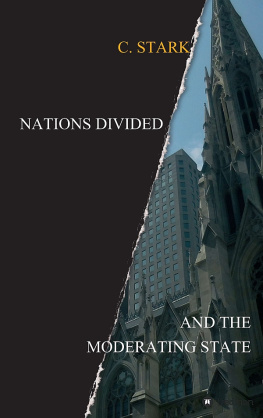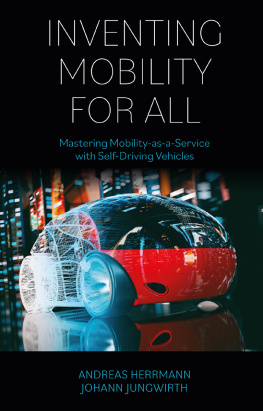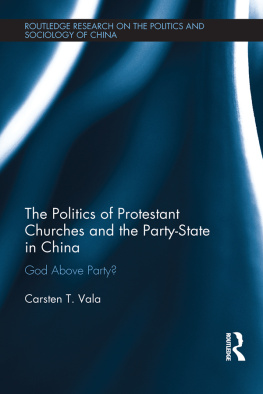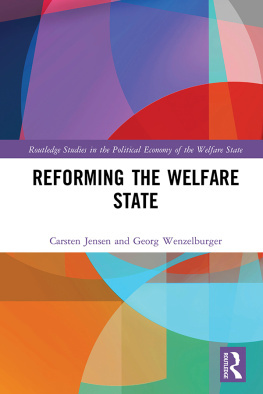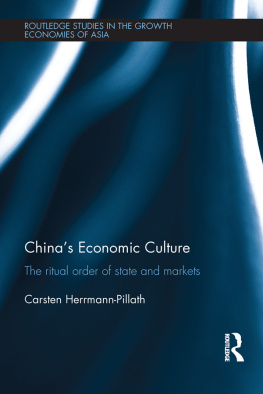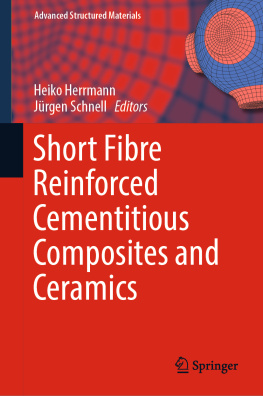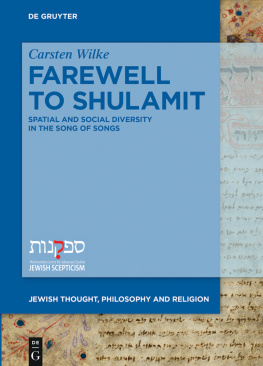Ritual and Economy in Metropolitan China is essential background for understanding how traditions modernize within and through global processes. It is essential reading for understanding Shenzhens emergence as Chinas fourth city by making salient how South Chinese villagers repurposed family identities and kinship networks to become successful entrepreneurs.
Mary-Ann ODonnell, co-editor of Learning from
Shenzhen: Chinas Post-Mao Experiment from
Special Zone to Model CityThis is a stimulating study of the cultural underpinnings of urbanisation and economic development in the Peoples Republic of China, using the case-example of the southern metropolis Shenzhen. The authors unusual combination of economic, sociological and anthropological approaches offers novel perspectives for specialists in all these fields, and for scholars in Chinese Studies more generally.
Philip Clart, Leipzig UniversityA great deal of social science scholarship on China gets caught up in a false dichotomy of Chinese exceptionalism vs. Western social theory, resulting in studies that focus on either how much China differs from the West or on how China serves as a site where abstract Western theory yields Chinese characteristics on the ground. Ritual and Economy in Metropolitan China is one of those rare and rewarding studies that succeeds in transcending this dichotomy by laying the groundwork for a genuine global social science. Through a rich and highly grounded exploration of ritual practice and the ritual economy in Shenzhen, the authors demonstrate effectively that our taken-for-granted assumptions about social theory can be enriched and broadened by paying some attention to practices in places less heard from in the Western canon. A fascinating account that reaches far beyond the China studies field.
Tim Oakes, University of Colorado at BoulderRitual and Economy in Metropolitan China
This book focuses on Shenzhen, one of Chinas most globalized metropolises, a leading centre of high-tech industries and, as a melting pot of migrants from all over China, a place of vibrant cultural creativity. While in the early stages of Shenzhens development this vibrant cultural creativity was associated with the resilience of traditional social structures in Shenzhens migrant urban villages, today these structures undergird dynamic entrepreneurship and urban self-organization throughout Shenzhen, and have gradually merged with the formal structures of urban governance and politics. This book examines these developments, showing how important traditional social structures and traditional Chinese culture have been for Chinas economic modernization. The book goes on to draw out the implications of this for the future of Chinese culture and Chinese economic engagement in a globalized world.
Carsten Herrmann-Pillath is a Professor and Permanent Fellow in the Max Weber Centre for Advanced Cultural and Social Studies, Erfurt University, Germany
Guo Man is an Associate Research Professor in the School of Economics and Management, Harbin Institute of Technology, Shenzhen, China
Feng Xingyuan is a Professor and Executive President, Cathay Institute for Public Affairs, Beijing, China
Routledge Studies in the Growth Economies of Asia
139 Innovation, Investment and Intellectual Property in South Korea
Park to Park
Ruth Taplin
140 A Microcredit Alternative in South Asia
Akhuwats Experiment
Shahrukh Rafi Khan and Natasha Ansari
141 Development Agenda and Donor Influence in South Asia
Bangladeshs Experiences in the PRSP Regime
Mohammad Mizanur Rahman
142 How Chinas Silk Road Initiative is Changing the Global Economic Landscape
Edited by Yuan Li and Markus Taube
143 Trade Unions and Labour Movements in the Asia-Pacific Region
Edited by Byoung-Hoon Lee, Sek-Hong Ng and Russell Lansbury
144 International Entrepreneurship
A Comparative Analysis
Susan Freeman, Ying Zhu and Malcolm Warner
145 Ritual and Economy in Metropolitan China
A Global Social Science Approach
Carsten Herrmann-Pillath, Guo Man and Feng Xingyuan
146 Cyber Risk, Intellectual Property Theft and Cyberwarfare
Asia, Europe and the USA
Ruth Taplin
For more information about this series, please visit: www.routledge.com/asianstudies/series/SE0133
First published 2021
by Routledge
2 Park Square, Milton Park, Abingdon, Oxon OX14 4RN
and by Routledge
52 Vanderbilt Avenue, New York, NY 10017
Routledge is an imprint of the Taylor & Francis Group, an informa business
2021 Carsten Herrmann-Pillath, Guo Man and Feng Xingyuan
The right of Carsten Herrmann-Pillath, Guo Man and Feng Xingyuan to be identified as authors of this work has been asserted by them in accordance with sections 77 and 78 of the Copyright, Designs and Patents Act 1988.
All rights reserved. No part of this book may be reprinted or reproduced or utilised in any form or by any electronic, mechanical, or other means, now known or hereafter invented, including photocopying and recording, or in any information storage or retrieval system, without permission in writing from the publishers.
Trademark notice: Product or corporate names may be trademarks or registered trademarks, and are used only for identification and explanation without intent to infringe.
British Library Cataloguing-in-Publication Data
A catalogue record for this book is available from the British Library
Library of Congress Cataloging-in-Publication Data
A catalog record has been requested for this book
ISBN: 978-1-138-39197-0 (hbk)
ISBN: 978-0-429-42243-0 (ebk)
Typeset in Times New Roman
by codeMantra
Dedicated to the memory of Fei Xiaotong and his contribution to global social science
China has been emerging as a world economic power and is increasingly perceived as a systemic challenge to advanced Western economies. For decades now, economists have pondered what the peculiar features of the socialism or market economy with Chinese characteristics are. This includes fundamental questions such as whether China is socialist or capitalist, or whether it represents a new systemic type, often labelled state Chinese Communist Party maintains the rhetoric of reforms and transformation even after 40 years of permanent institutional change, one difficulty seems that almost all features of the system may prove to be transient. However, there are elements which are beyond dispute, for political and ideological reasons, barring a collapse of One-Party rule, such as the pivotal role of state ownership in certain industries. Yet, how these features interact with other elements of the system remains difficult to assess, and after all, the precise nature of the interaction between party, state, and society is just at the heart of the troubles in dealing with the perceived systemic challenge.
This book focuses on one apparently defining feature, land ownership and its economic, social, and cultural ramifications in the megacity of Shenzhen: In socialist China, land is publicly owned, in two forms, collective ownership in rural areas and state ownership in urban areas. Hence, urbanization of rural areas comes along with complex changes in the structure of


